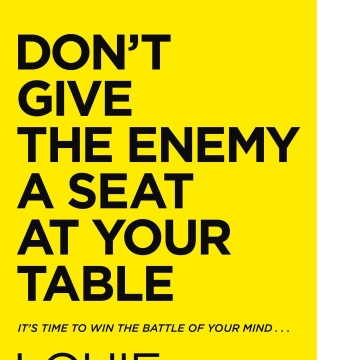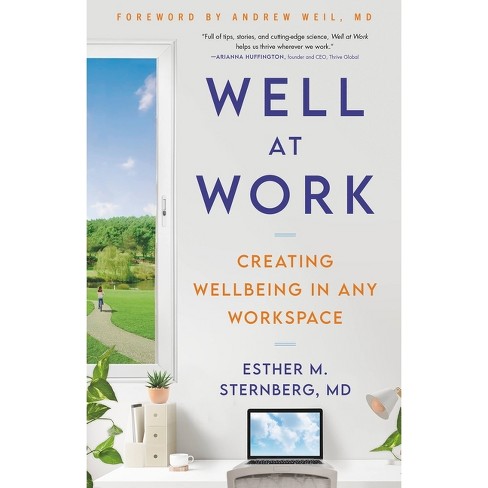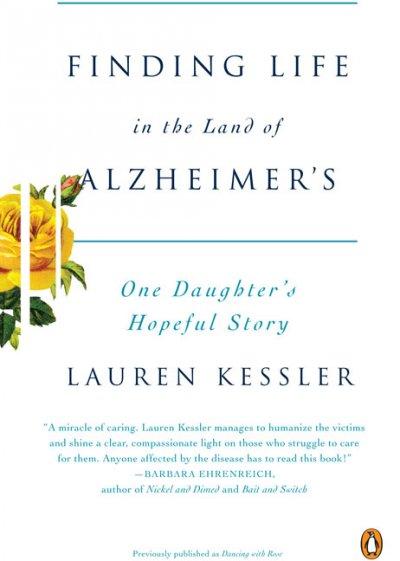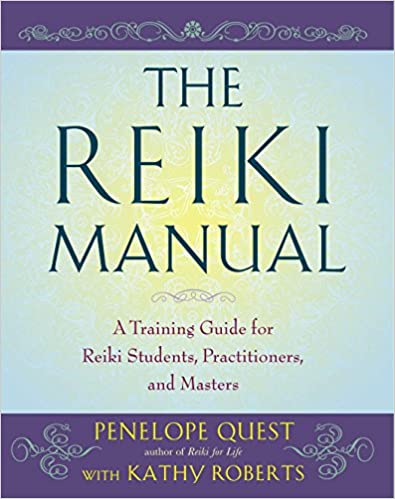In today’s fast-paced world, you may find yourself running from one task to the other. There is just so much to do and so little time to do it in. As such, it is easy to become overwhelmed and distracted by the constant bombardment of information and demands on your time. This can lead to fatigue, lack of focus, and even mood swings.
Fret not, though! There are many simple practices you can instill in your everyday life that will help you navigate the complexities of the modern world. These practices might seem trivial, but they add up over time to improve your brain health and your overall well-being. Let’s take a look at some of them below.
1) Start Your Day with Exercise
In the past decade or so, most people have become aware of the incredible positive impacts of exercising. It is not only a boon for your physical health but also your mental and emotional health. When you get some physical movement first thing in the morning, it can help wake up your brain and provide an energy boost. Even something as simple as jogging can help release feel-good hormones and improve your mood and focus.
2) Eat A Healthy Breakfast
Probably everybody’s parents taught them the value of a healthy breakfast. It not only fuels your brain for the entire day but also improves your mood. Foods like whole grains, fruits, and nuts provide important vitamins and minerals that can improve memory and focus. So, make sure you eat the right breakfast no matter how busy your schedule is.
3) Take Regular Breaks
We, humans, are biological beings. Even though we sometimes think of ourselves as machines, the truth doesn’t change. As such, we need breaks from time to time to recharge physically and mentally. So, it’s a good idea to take short breaks throughout the day. This can help improve focus and reduce stress. You could try taking a five-minute break every hour to stretch, meditate, or take a short walk.
4) Stay Hydrated
Water is an essential ingredient of good mental health that a lot of people underestimate. Did you know that even mild dehydration can cause headaches and lead to fatigue? This is why it is important to drink plenty of water throughout the day. It can help keep your brain hydrated and improve cognitive function.
5) Practice Mindfulness
Mindfulness is one of the best spiritual practices you can incorporate into your daily life. Like meditation and yoga, it can reduce stress and improve your focus. It can also help keep your attention in the present moment, which can improve your productivity and happiness. You can try practicing mindfulness for a few minutes daily and slowly increase the duration.
6) Challenge Your Brain
Like any other muscle in your body, your brain becomes stronger when you put it through challenges. This is why engaging in mentally stimulating activities is a great way to enhance your cognitive functions. To that end, you could spend some time every day solving puzzles or learning a new skill. This can help improve memory and focus.
These are just some of the daily practices you can instill in your life to change your brain for the better. In his book, “Change Your Brain Every Day: Simple Daily Practices to Strengthen Your Mind, Memory, Moods, Focus, Energy, Habits, and Relationships,” Dr. Daniel G. Amen talks about many more effective daily habits that can help you master your mind, boost your memory, and make you feel happier, healthier, and more connected to those you love.

















You must be logged in to post a comment.